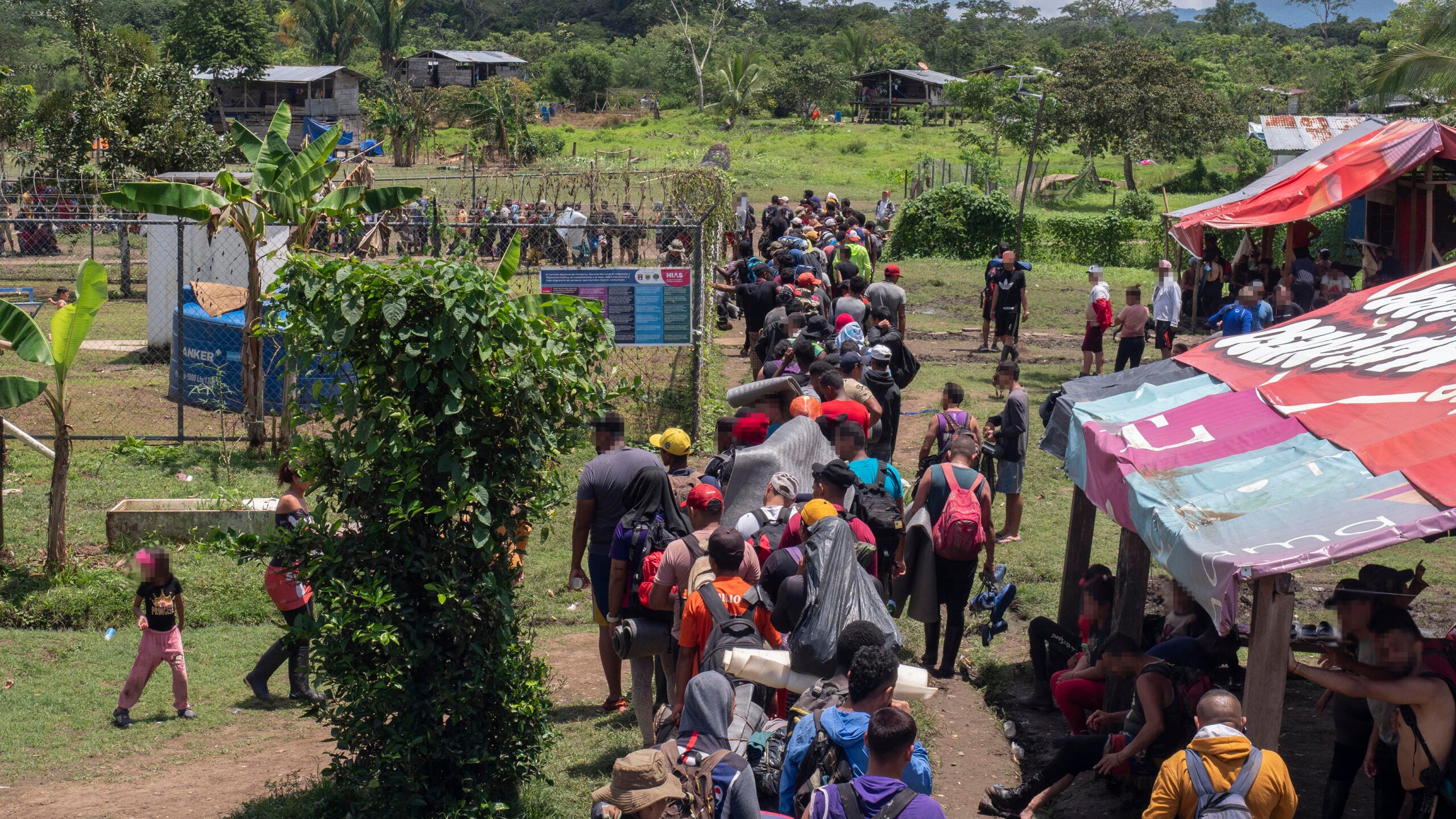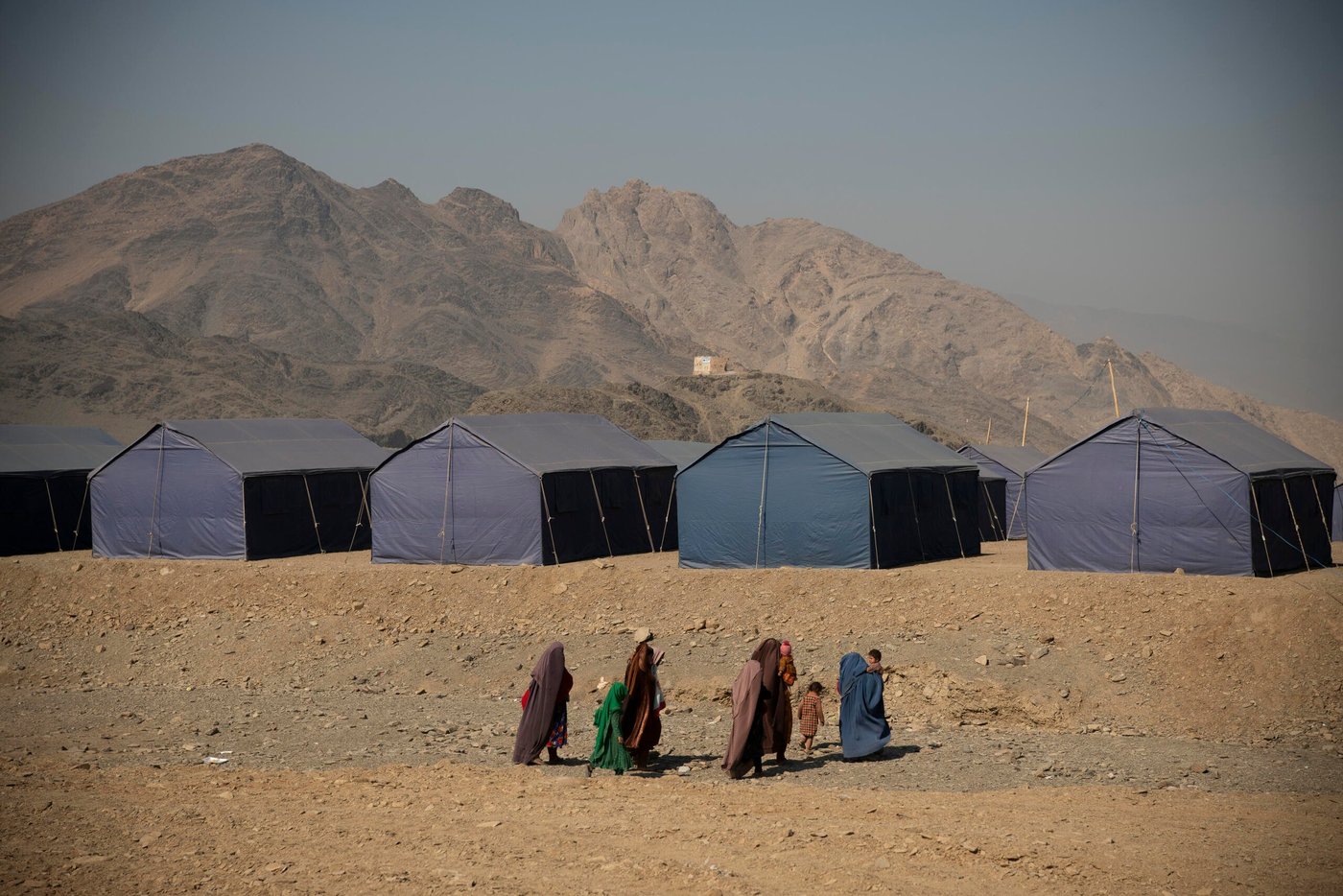1: What is migration?
Migration is the movement of individuals or groups of people. The term is used to refer to movement both within countries and across borders.
2: What is a migrant?
A migrant is fundamentally different from a refugee. Refugees are forced to flee to save their lives or preserve their freedom, but “migrant” describes any person who moves, usually across an international border. A migrant may be moving to join family members already abroad, to search for a livelihood, to escape a natural disaster, or for a range of other purposes.
Refugees and migrants often employ the same routes, modes of transport and networks. Movements of both refugees and migrants are commonly referred to as “mixed movements”. It is important to distinguish the different categories of person in mixed migratory movements, and apply the appropriate framework of rights, responsibilities and protection.
3: Is migration a new phenomenon?
No, people have always migrated.
The number of migrants crossing international borders has stayed at a relatively stable percentage of the earth's population over the past 60 years. In 2020, 3.6 per cent of the world's population were migrants; in 1960, it was 3.1 per cent.
However, we have seen a shifting trend in recent years. The number of international migrants reached 281 million in 2020, an increase of 131 million since 2000, according to the UN. Currently, international migrants comprise 3.6 per cent of the global population, compared to 2.8 per cent in the year 2000.
4: What is an immigrant?
An immigrant is a person residing in one country who was born in another country. Sometimes, the term is also used about people born in a country to parents who are immigrants, though this is not a correct usage of the term.
5: What is an asylum seeker?
An asylum seeker is someone who arrives in another country on their own, usually applying for asylum on arrival or shortly thereafter. The right to seek asylum is set out in Article 14 of the Universal Declaration of Human Rights, which states that “Everyone has the right to seek and to enjoy in other countries asylum from persecution”. The person is referred to as an asylum seeker until the government has processed their application.

6: What is a refugee?
A refugee is someone who has been forced to flee his or her country because of persecution, war or violence. A refugee has a well-founded fear of persecution for reasons of race, religion, nationality, political opinion or membership of a particular social group. In most cases, they cannot return home or are afraid to do so. War and ethnic, tribal and religious violence are leading causes of refugees fleeing their countries.
7: What does the term “internally displaced” mean?
Internally displaced people, or IDPs, are people who have been forced to flee their homes due to armed conflict, human rights violations or disasters. Internally displaced people have not crossed an internationally recognised national border.
8: How many people have been forced to flee in the world today?
In total, 123.2 million people were displaced by conflict at the end of 2024. Of these, 73.5 million were internally displaced, while 51.1 million were refugees*. These numbers are the highest recorded as far back as there are reliable statistics. The numbers do not include people who flee for other reasons, such as natural disasters.
More facts, figures and trends.
*1.4 million Palestinians in Gaza are registered as both refugees and internally displaced.
9: What is return?
The term “return” is used for example when an asylum seeker has had their application rejected and must return to a transit country or to their home country. In some cases, asylum seekers whose application has been rejected may be forcibly returned. We also speak about return in relation to displaced people returning to their homes, for instance after a conflict has ended.
10: What is a quota refugee?
Quota refugees (or resettlement refugees) are refugees who are resettled in a new country as part of an agreement with the UN refugee agency (UNHCR). Individual countries decide how many quota refugees they want to take each year.
Sign up to our newsletter to read more stories from around the world.


